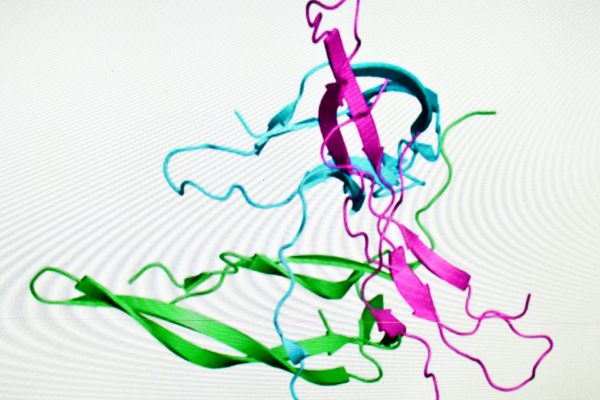Placement and Removal of Fusion Proteins for Prokaryotic Expression
Proteos is a reputable contract service organization, committed to providing high-quality recombinant protein production services that meet or exceed client expectations. With decades of experience, the scientific staff can anticipate challenges that may arise during protein production and leverage their knowledge to devise innovative solutions.
Our third and final blog post discussing fusion proteins for prokaryotic expression will cover placement and removal of the fusion protein.
Placement and Removal of Fusion Proteins
Placement
Due to their large size, it is recommended to only attach one fusion protein to the recombinant protein. Most commonly, the fusion protein is positioned at the N-terminus and can be paired with a small affinity tag, i.e. 6xHis, to offer an alternative affinity purification handle. If the fusion partner will be removed during purification, then a protease recognition sequence needs to be placed between the fusion and the target protein.
Removal
Removal of fusion partners can be accomplished via proteolytic cleavage. Proteases with high specificity, such as HRV3C and TEV, are commonly used to separate fusion proteins from the desired target protein. Commercial versions of HRV3C and TEV proteases typically contain an affinity tag, facilitating their removal after processing is complete.
A major concern when removing a fusion protein that acts as a solubility enhancer is that the protein of interest may become unstable and aggregate. Optimizing purification buffers is the best way to circumvent this. Be conscious of the isoelectric point, the pH where proteins are most unstable, and how it changes after cleavage of the fusion protein. Despite optimization, sometimes the cleaved protein remains insoluble, and construct design must be revisited.
Another potential issue is incomplete cleavage of the fusion protein despite the use of sufficient amounts of protease. Frequently, this is because the protease recognition sequence is obstructed by the folded conformation of the recombinant fusion protein. Inclusion of a short linker of amino acids between the cleavage site and protein sequences may improve accessibility and improve the efficiency of the cleavage reaction. Additionally, cleavage performed in solution versus on-column may yield different results.
Get Started
The Proteos team can take your project from inception to protein. We provide customized, adaptable, milestone-driven scopes of work to facilitate data-driven decision making while mitigating risks. Contact us today to start the discussion.


